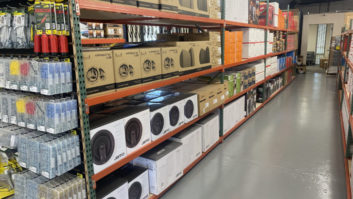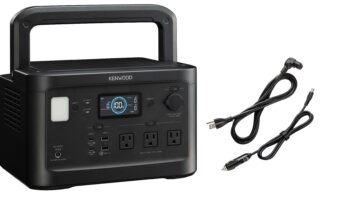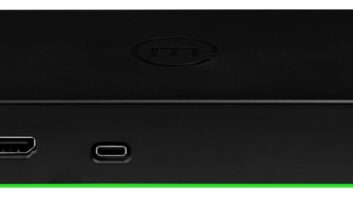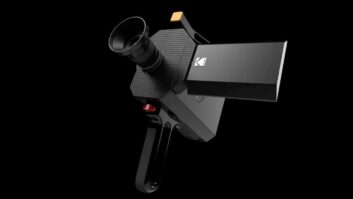Accelerated by a widely growing ranks of new Asian flat-panel TV suppliers, dramatically lowered price points and undying consumer demand for thin, attractively styled TVs, the flat-panel television market is poised for significant growth in 2005.
The flat-panel TV segment, which today is comprised of plasma display panels and LCD TV screens, is expected to swell behind a 67.9 percent increase in plasma TV sales to 1.4 million units in 2005, according to the Consumer Electronics Association’s (CEA) forecasts. Factory dollar volume for plasma displays is expected to reach nearly $3.5 billion for 2005, up from $2.5 billion last year.
This follows a record 2004 that saw sales of plasma TVs grow 149 percent from 342,000 to 853,000 units
LCD TV sales during 2005 will total $3 billion, up from $2 billion in 2004, according to the CEA. Factory unit sales will rise 49 percent from 2.6 million units in 2004 to 3.8 million in 2005, as the average price of an LCD TV climbs to $799, due to stepped up sales of larger screen sizes, according to CEA forecasts.
One of the main reasons for the sudden popularity of flat TVs has been price reductions spurred on by waves of new competitors. For example, Orion was said to be planning to enter the plasma business this year with a Sansui-branded HDTV monitor that will see street retail for just over $2,000. The Maxent brand, meanwhile, is retailing a 50W-inch HDTV monitor for under $4,000.
Being squeezed are EDTV level plasma models, many of which retail for at or near the $2,000 price point. To keep pace, third-tier EDTV level plasma TV monitors are selling for between $1,500 to $1,800 on e-commerce sites.
Much of the activity is occurring before the FCC’s July 1, 2005 HDTV tuner mandate requires all televisions with NTSC tuners measuring 36-inches and larger to include ATSC tuners, which add cost.
But even fully integrated plasma displays are being squeezed now. V, Inc.’s VIZIO line is carrying a 42W-inch fully integrated HDTV plasma set with ATSC tuning, but without CableCARD capability, for a $2,499 suggested retail price.
Meanwhile, some manufacturers are beginning to take sides behind LCD TV as screen sizes get larger, margins stay higher and picture performance improves. Sony, for example, is beginning a market push behind LCD TVs, emphasizing the benefits of the technology over plasma displays.
Although Sony will carry over its existing plasma display models into 2005, Greg Gudorf, Sony’s TV group marketing VP, said that while technologies have been developed to extend the lifespan of plasma displays, problem issues “such as onscreen burn-in do not exist in LCD.” In the meantime, Sony is working on new systems — such as LED backlighting — to improve the brightness and color performance of LCD panels.
Gudorf added that perhaps the most important benefit of LCD is the wide variety of screen sizes the technology affords.“Plasma has a very narrow [screen size] sweet spot,” between 32W-inches and 80W-inches, Gudorf said. “LCD, long term, is the better player.”
A new wild card to enter the flat-panel game this year is surface- conduction electron-emitter display technology (SED) technology, developed by Toshiba and Canon.
Though more expensive than comparably sized LCD TVs at first, Toshiba will position its first 50W-inch SED HDTV offering late this year as the Ferrari of television technologies. The technology promises to deliver the superior picture quality of traditional cathode-ray tube devices with the flat-panel form factor of plasma and LCD TVs. SED is said to handle fast images without producing jagged edges, while consuming one-third the power needed by plasma.













